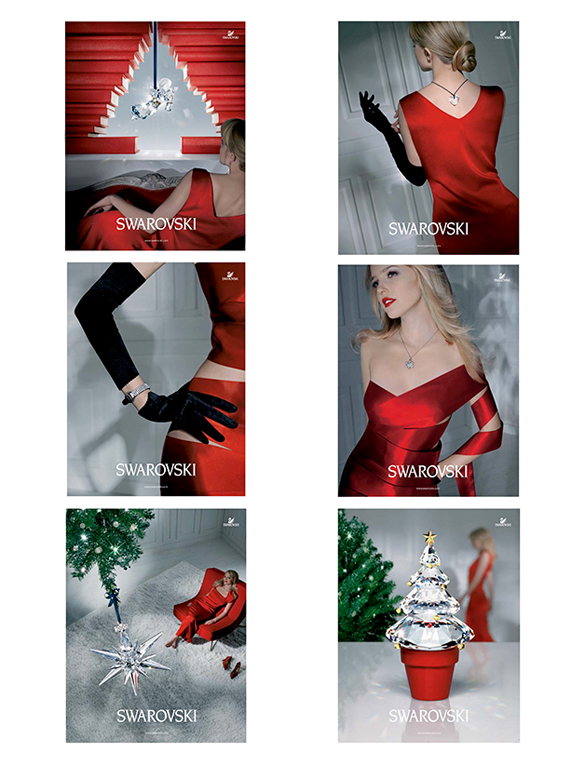In this installment, I would like to discuss how to control your light with greater precision by mixing “Hollywood Grids” (Cookies) with either bare head flash units, snoots and honeycomb grids, for your next photo shooting.

A Hollywood Grid or (Cookie) is produced by taking a sheet of cardboard or backdrop paper (usually black or dark grey) that can be cut in to a square of around 1.0 to 1.5 meters square. You can use a box cutter or scissor to produce the patterns you will introduce on to the cardboard or backdrop paper squares.
Lay the cardboard or paper on the floor and make sure you place something underneath not to damage your floor. Start cutting out patterns of circles, squares, triangles, diamonds, stars or what ever comes to mind of different sizes from 2 to 3 centimetres to 10-12 cm. Experiment with the different shapes and do so over the area you plan to shoot the light through. You might wish to do your cookie cut outs over the whole are and I will explain why in a moment.
I suggest you prepare one flash head with your classic 7 inch diameter diffusion bowl, your snoot and your honeycomb grid in fine, medium and large (grid sizes).
Set up two light stands to support the cardboard or backdrop paper. You might have another makeshift stand that can be used to support your grid vertically on either side. I use standard clothes clips to affix them to the stands. Raise the stands high enough to allow the grid to not touch the floor, unless you wish to shoot through very low. Your height will be determined by the subject orientation to the grid, angle of light source etc.
As a starting point of reference, place your flash head about 50cm or 2 feet from the grid only using the 7 inch bowl reflector. Turn on the flash unit using the modelling light. If using Hot Lights the same rules apply but shutter speed will change of course. Darken the room if possible to see the effect of the light on the area you wish to concentrate on. Start moving the light source up and down in the direction of the subject to see where the light hits. If you want harder patterns, move the light source further away from the subject. If you want more diffused light, move the head closer to the patterns. If you don’t like one section of the patterns, move your grid up or down or move your light to where you see something you like.
Here is where things get really interesting. You will notice that with the bare head, there is a lot going on and the light spread is considerable and covers a large area of the backdrop. Introduce honeycomb medium grid as a starting point and see how much more perceived contrast has been introduced. The area of coverage has been reduced substantially adding greater drama to the image. Experiment in the same manner as above, but also experiment with different *honey comb grid sizes.
Snoots are a compromise between open bowl lighting and honeycomb grid lighting. You will also see a more evident circle than with a Hollywood Grid. It is important to note,where you meter for these images, as hot spots are a lot more evident and drop off is extreme. You must consider dynamic range when using this technique. So check your curves.
In the next installment… More of the same.
What Kinds of Lighting Accessories are Needed to Sculpt or Paint with Light?
